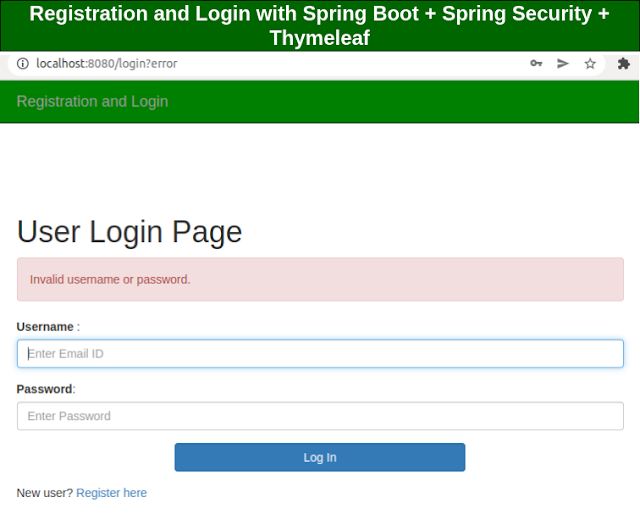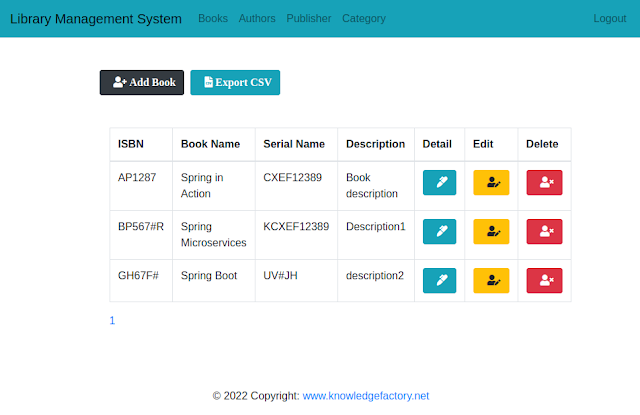Spring Boot Vault Integration Testing with Testcontainers | Guide
Explanation:
- Spring Boot: Represents the Spring Boot application.
- Testcontainers: This section represents the Testcontainers framework that spins up the Vault container for integration testing.
- Vault Container: Represents the Vault container that is managed by Testcontainers.
- Vault: Represents HashiCorp Vault itself.
To integrate Spring Boot with HashiCorp Vault using Testcontainers for end-to-end testing, we need to follow these steps:
Docker Setup
Install Docker: Download and install Docker from Docker's official website.- Windows/macOS: Install and run Docker Desktop.
- Linux: Install Docker Engine using your package manager.
Run
docker --version to confirm Docker is installed.Start Docker:
- Windows/macOS: Launch Docker Desktop and ensure it’s running.
- Linux: Start Docker with
sudo systemctl start docker.
Add Dependencies
Add the required dependencies in your pom.xml for Spring Boot, HashiCorp Vault, and Testcontainers.
Spring Boot Configuration
Set up yourapplication.yml or application.properties for Vault integration.
Testcontainers Setup
Create a test class for the Vault container setup. You can use Testcontainers to spin up a Vault instance for integration testing.
- The
@Containerannotation spins up the Vault container before tests run. - In the
setUp()method, we initialize the Vault container and add some secrets for testing. - The
@SpringBootTestannotation loads the Spring context for the test.
Service Class
You need to create a service class that interacts with Vault. You can use Spring'sVaultTemplate or the @Value annotation to inject secrets from Vault.Run the Test
With the setup complete, you can run the tests. The Vault container will start up, and Spring Boot will load the secrets from the Vault instance for the test.
This setup ensures that you have an end-to-end test for your Spring Boot application that interacts with HashiCorp Vault, running inside a Testcontainers-managed container.









